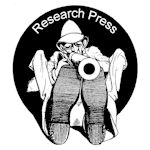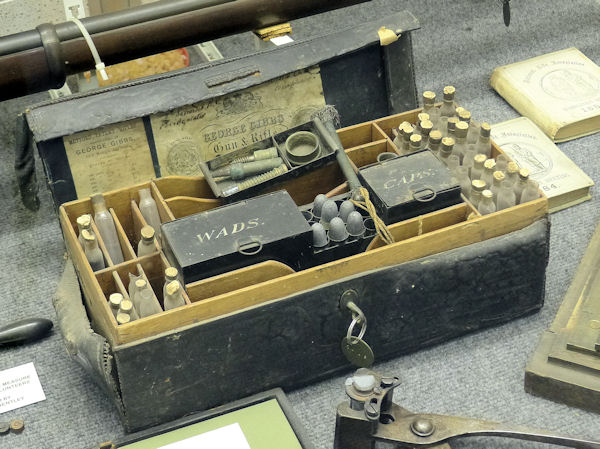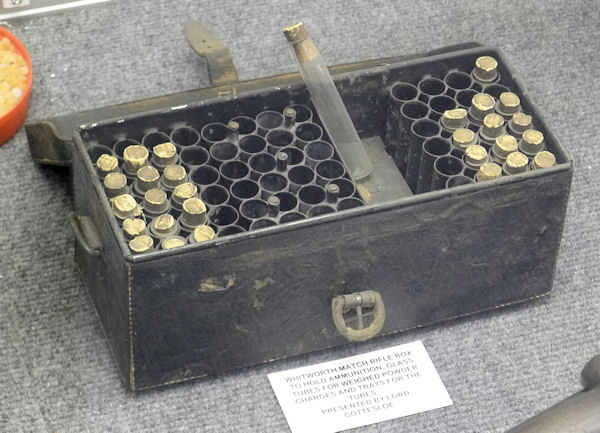For the long range rifleman shooting black powder in muzzle loading rifles, one of the critical factors for accuracy is consistent weight of powder charges. William Metford wrote about this in his notes on the management of the muzzle loading match rifle. Correspondence on this matter will also be found in contemporary newspapers; Horatio Ross referred to it in ‘Hints for Long Range Riflemen’.
Much paraphernalia was necessary for the muzzle loading rifle; the following affectionate (satirical) article extract, published in Punch in 1867, gives some indication of what the discerning rifleman (and his servant!) may be encumbered with:
“The great shooting reputation which this country has made for itself at very long distances has been made by the men who are known as the “small-bore men,” who shoot delicate rifles, not in any way adapted to military purposes, but which are admirably suited for target-shooting. These men usually appear on the firing point with a servant to assist in the multifarious occupations with which they have to prepare for the great trials of brains and skill. For they have to shoot more with their brains, availing themselves of their vast experience, than with their rifles, which will do simply what their masters enable them to do. When a really skilled shot of this kind misses the bull’s-eye, or is out of the centre at any rate, he can almost always assign a sufficient reason for his failure. The Servant assists in carrying the precious rifle, the carefully weighed charges of powder, the mechanically fitting bullet and cleaning rod, their Ross, Burrow, or Steward telescope, the all-important waterproof bed on which to lie down, the portable gunsmith’s shop, with every variety of instrument that accident may call into use, and, although last, but by no means least, a box containing many sights of many forms patterns and sizes, which these skilled and highly trained men adapt to their rifles under the varying circumstances of wind and light.”
So how did the enthusiastic rifleman get his carefully weighed charges to the range? Well some may have invested in a range box like that pictured below.
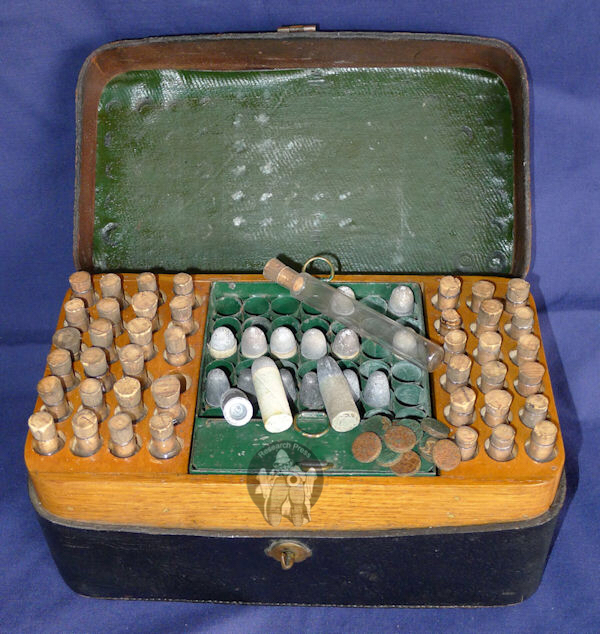
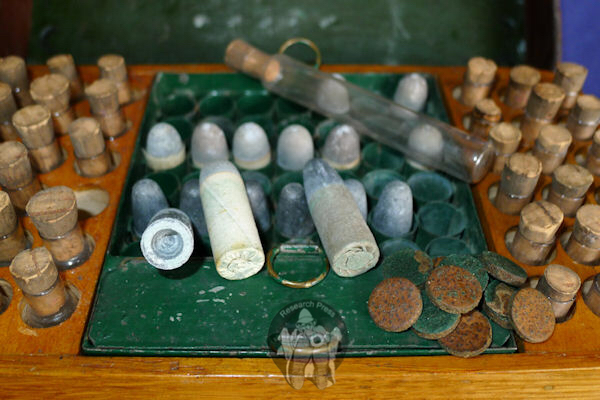
This range box pictured above was originally found, identified and purchased from an antique shop
in Monmouth in 1977. The seller had thought that it was "something to do with deer stalking"
Glass phials are included for the charges, and this is completed with a tray to hold bullets and wads. Storage is 42 phials and bullets The phials have capacity for 120 grains of powder (checked using Swiss No.3 (FFg)). Beneath the lift out tray is an additional small compartment which currently holds a shoulder strap for the box.
The bullets still in the tin tubes are of two types. The round nosed are standard cylindrical Whitworth as sold by Whitworth, Eley and other makers; they measure .450 including papers (length= 1.39" / weight= 530 grains). The base cavity is just like Whitworth’s which is of small diameter but deep. The ones with a longer nose are those of Metford’s and measure .460 including the paper (length= 1.45" / weight= 540 grains) with base cavities which are shallow and wide. The patches are spirally wrapped.
In the small tin there are dozens of the wads which are .470 diameter and .116 thick. These are made of a fibre material which looks like cardboard and soaked in some kind of lubrication
Other patterns of box survive and the following two examples are in the National Rifle Association museum at Bisley, Surrey, England.
These original boxes are very rare items to find today – their function becoming redundant by the early 1880s when muzzle loading match rifles were largely replaced by breech loaders, survival rate does not appear to be high.
Does anyone know of examples of other surviving boxes?
Thanks to W.S. Curtis for identification of the bullet types.
Further reading: Wimbledon Shooting Case
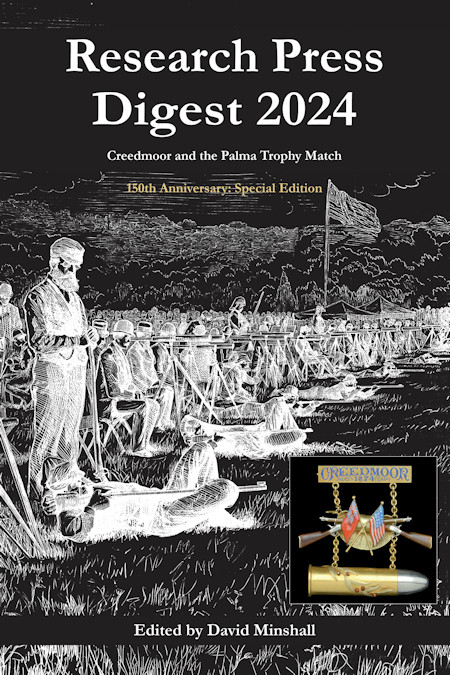 Research Press Digest
Research Press Digest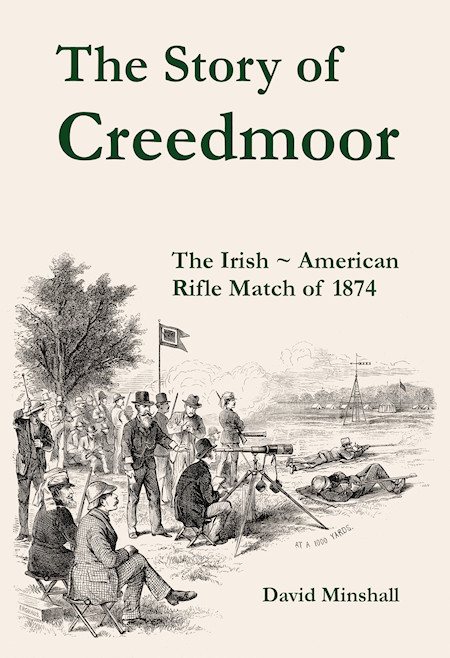 The Story of Creedmoor
The Story of Creedmoor